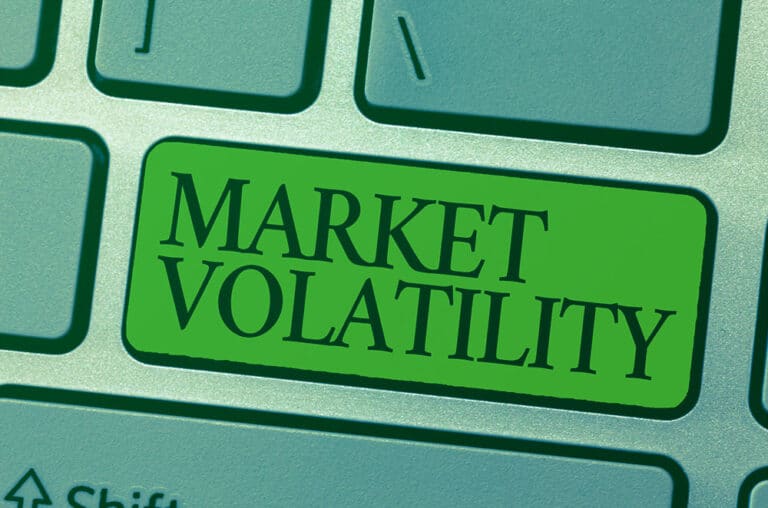
Investors who rely on fixed income investments to reduce portfolio volatility when risk assets are underperforming may need to revise their investment approach, according to recent analysis from Daintree Capital.
Daintree’s analysis shows that in a ‘lower for longer’ interest rate environment short duration, active fixed income strategies are necessary to manage risk in a volatile market.
Director at Daintree Capital, Mark Mitchell, said investors can no longer afford to ‘set and forget’ and ‘safe haven’ assets, such as government bonds, are now a much less attractive proposition.
“The world has changed for fixed income investors and they are facing a tough decision: continue to invest as usual or accept the new normal and learn to navigate a changed landscape,” Mr Mitchell said.
“We have moved into an environment of exceptionally low government bond yields and in many cases negative real interest rates. Unfortunately, that new reality is likely to be with us for some time to come.
Also read: Evolve Education Successfully Prices Wholesale Australian Medium-term Note Issue
“We believe, globally, government bond yields have reached, or are very close to reaching, a lower bound and it is going to be difficult to generate the returns they have in the past.
“For investors in funds that mirror long duration indices, future expected returns will be much lower and there is a lot less protection against an equity correction at a much greater cost.”
Hedging out equity risk
Mr Mitchell said while the simple ‘set and forget’ 60/40 portfolio was facing extinction, there were other options investors could consider.
“One compelling approach is to significantly reduce allocations to long duration government bond fund strategies and reallocate a portion of those funds into a lower duration, investment grade credit fund.
“A basic, actively managed short duration Australian credit fund can easily generate 1-1.5% more than the Ausbond Composite Index, without relying on yields moving lower to generate additional returns.
“A portion of the additional income earned by that switch could then be spent on a much more targeted hedging strategy to help protect equity exposure,” he said.
Passive investing can increase risk
With an increasing array of passive fixed income options now available on the market, investors are also facing the choice between lower cost passive investments and active strategies.
Daintree director Justin Tyler said while a passive approach may work for other asset classes, fixed income investing required a hands-on approach and investors need to be risk-aware.
“Passive investing means investing in the largest debt issuers, which may expose investors to unnecessary risks,” Mr Tyler said.
“There is no single index that does a reasonable job of representing the very large investable universe, both locally and offshore, which means passive investors stand to miss out on potential sources of downside protection and return.”
Mr Tyler said many fixed income indices are also biased towards (and often exclusively focused on) fixed rate bonds, increasing the potential for loss if interest rates rise.
“We believe success in fixed income investing can be best achieved through an absolute return, benchmark agnostic approach which is focused on delivering a risk and return that is tailored to the needs of bond investors, rather than the rules of index providers,” he said.
Mr Tyler said the key take-out for investors is that fixed income markets are unlikely to return to normal for many years to come.
“With interest rates as they are, there is little room for them to fall further and boost bond prices,” he said.
“While it is possible to create a defensive bond portfolio in these challenging markets, we believe this requires using smart strategies which may not have been necessary before.”






























